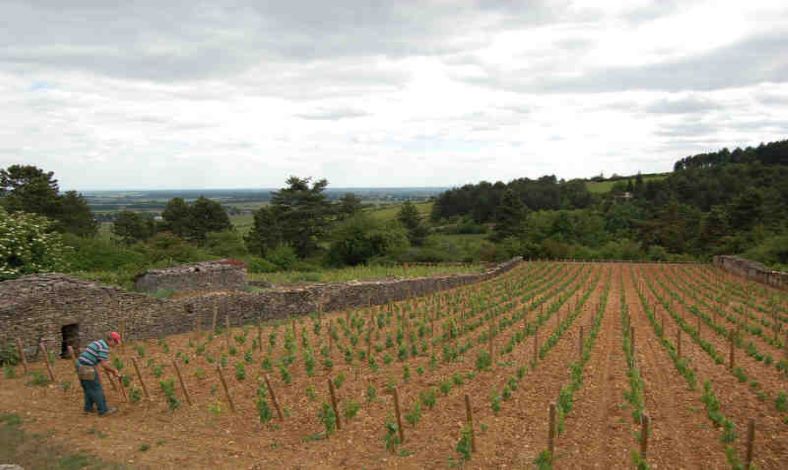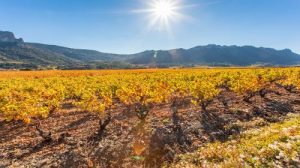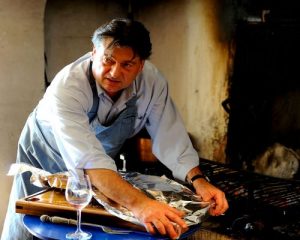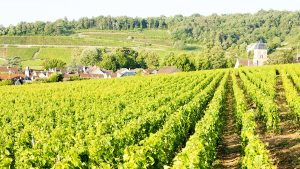
In the heart of the prestigious Côte de Beaune and the picturesque village of Meursault lies Domaine Bernard Millot, now managed by Bernard and his son Emilien, making him the fourth generation to do so. The eight hectares of vines are planted in Meursault, Puligny-Montrachet and Beaune, and grown with the utmost love and care.
The Millots of Meursault
The Millot name has rung through the little Burgundian village of Meursault for a long time – evidenced by the stone monuments bearing the six-letter name. Now in its fourth generation, Emilien has been working with his parents Bernard and Sylvie since 2010. The young winemaker is super passionate about his work and uber-talented (says, well, everyone). He is 100% committed to his eight hectares of vines planted in Meursault, Puligny-Montrachet and Beaune, the idea being to let the terroir and the vintage express themselves through lively and vibrant wines.
Sustainability labels, awaiting organic certification
An eco-outlook is not new at Domaine Bernard Millot. 10 years ago, it was awarded France’s “sustainable” label), it is now in organic conversion and is also experimenting with biodynamics. In the vineyard, the work follows the seasons and the plants’ growth: pruning (Guyot and Royat), disbudding, trellising, trimming. Treatments, sometimes carried out in the evening during the summer, happens between 6 and 9 times throughout the year, as for the ploughing, this is carried out up to five or seven times a year, to avoid any use of weedkillers. Then comes the harvest, which includes the whole family, when the grapes are fully ripe. The grapes are harvested by hand and poured into hoods before being taken to the winery.
The white grapes are pressed in a pneumatic press for 3 to 4 hours. After settling and gravity-filling, a small amount of sediment is reintroduced into the must and alcoholic fermentation is triggered by the action of indigenous yeasts in Burgundy barrels, followed by malolactic fermentation. The white wines are then matured for about a year in oak barrels and then for four to six months in stainless steel tanks.
For the red wines, the harvested grapes are destemmed before being placed in vats for cold maceration for five to eight days. Again, fermentation takes place by the sole action of indigenous yeasts, punctuated by pumping over in the morning and evening. The malolactic fermentation of the reds generally begins in the spring. This is followed by ten to twelve months of maturation in oak barrels. Throughout the vinification and maturation process, sulphur is used in minimal doses and the barrels are not 100% new, in order to leave less of a mark on the nectars. Conclusion? Well-balanced, pure wines, at attractive prices.
Syrah and Biancu Gentile in the home of Chardonnay
The young winemaker is talented yes, but he is also ambitious. In March 2022 he planted Syrah on a terroir classified in the Burgundy appellation. “I’m trying to get ahead of climate change. Think about what we saw in 2018, 2019 and 2020, where Pinot Noir suffered a lot from the lack of water. If we want to keep even an iota of Burgundian style in 30 years’ time, how do we do it? It’s something we really need to start thinking about,” he tells French wine magazine Vitisphère. The vineyard is worked like its other Chardonnay or Pinot Noir neighbours, in simple Guyot pruning, just the grape is different. The wine will of course be produced as a Vin de France. Next on the list? Planting a native Corsican grape, Biancu Gentile.



